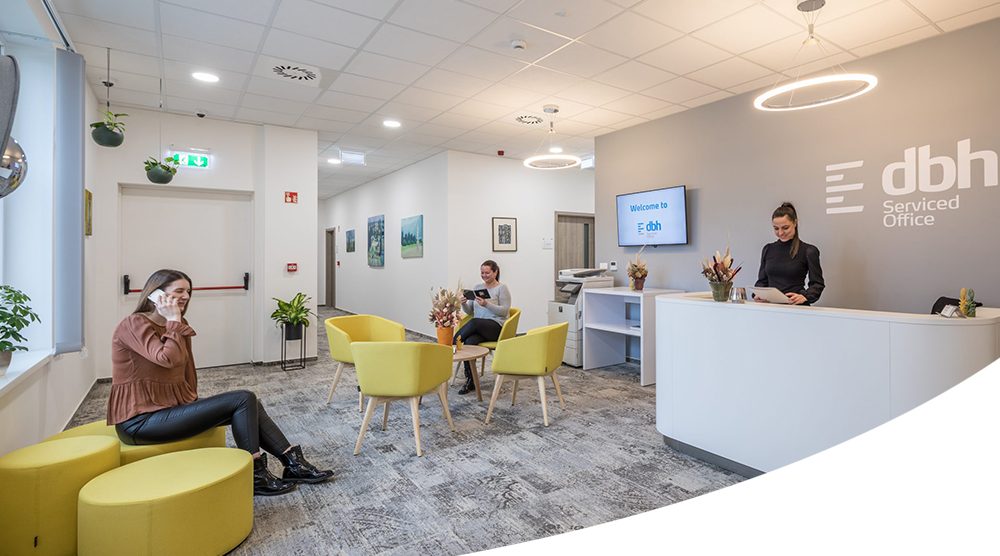Risk Mitigation: How Serviced Offices Provide Financial Security for Businesses
Risk mitigation in a business context involves identifying, assessing, and managing risks to minimize their impact on the organization. According to a survey run by the Boston Consulting Group, companies with advanced risk management copes better in crises, with 71% recognizing its benefits compared to 37% of less prepared firms.
This process is crucial for ensuring the long-term stability and success of any company. Risk mitigation strategies involve financial security, particularly in managing significant expenditures like office renting.
While serviced offices may appear more expensive in the short term, they offer significant long-term financial advantages. These benefits stem from their comprehensive, all-inclusive packages and the flexibility they provide in accommodating a business’s changing needs. This adaptability in scaling is a key factor in managing office-related expenses effectively.
So how do serviced offices play a significant role in risk mitigation? By providing financial security for businesses through flexible lease terms, strategic exit strategies, and enhancing overall financial resilience.
Short-term commitments
Short-term commitments
Serviced offices typically offer shorter lease terms compared to traditional office spaces. This flexibility allows businesses to adapt to market changes or growth without being locked into long-term financial commitments.
Customizable space and cost
Customizable space and cost
Businesses can scale their office space up or down based on their current needs, which directly impacts cost efficiency. They pay for what they use, which helps in better financial planning and management.
Inclusive expenses
Inclusive expenses
Serviced offices often include utilities, maintenance, and other services in the rent, reducing unexpected costs and simplifying budgeting.
For example, reception support, building management and maintenance, daily cleaning and 24/7 guarded access is included in DBH’s flexible office constructions.
Ease of exit
Ease of exit
The short-term nature of leases in serviced offices means businesses can exit the space with minimal financial and logistical repercussions. This is particularly beneficial in uncertain economic times or when a business needs to pivot its operations quickly.
Easy transitions
Easy transitions
Serviced offices can be vacated much more quickly and easily than traditional office spaces, minimizing the impact on business operations during transitions.
Setting up at a DBH office space is a straightforward, transparent and well-supported process. One of the company’s sales consultants is on hand to ensure a smooth transition. The offices are equipped with essential amenities such as quiet workspaces, communal areas, showers, and bike storage.
Lower upfront costs
Lower upfront costs
Serviced offices typically don’t require the same level of upfront investment as traditional office spaces (like furniture, equipment, and decor), which can help businesses maintain a stronger cash flow.
Moreover, flex offices often come with shared resources such as meeting rooms, reception services, and technology infrastructure. This shared model can reduce the overall cost burden on a single business.
Predictable expenses
Predictable expenses
With predictable expenses in a serviced office lease, budgeting becomes simpler. You can anticipate your monthly costs due to most expenses being included in the lease. This helps with stable financial planning, freeing up resources for other business areas. It also reduces the time spent on managing and reporting financials, allowing a clearer focus on your business’s core activities.
Networking opportunities
Networking opportunities
Being in a serviced office environment can provide networking opportunities with other businesses, potentially leading to collaborations or new clients, thereby supporting business growth and financial stability.
Learn more about the cost structure of flexible offices and compare expenses with conventional solutions.

Do not hesitate to contact us
Get in touch, if you have any question


